Wild Rice Isn't Actually Rice At All…
If you’ve hesitated when picking between white rice and brown rice while ordering from your favorite takeout joint, you’re definitely not the only one. White rice tastes so good soaked in sweet and sour sauce, but isn’t brown rice better for you?
Considering the age of keto and low-carb everything has many people throwing grains out the window, figuring out what type of rice is the healthiest (and if rice is honestly healthy at all) has never been more confusing.
Should you stick to brown rice—or skip the starchy stuff altogether? Well, it depends. Many nutrition experts advocate that grains can totally fit into a balanced diet—as long as you choose your variety (and portion size) wisely.

Don’t worry, your love affair with poke bowls is far from doomed. Here, dietitians break down the healthy (and not-so-healthy) types of rice—and how to make the grain work for you.
The big question: Is brown rice healthier than white rice?
Yep, it’s more than just color that sets these two types of rice apart.
“Brown rice contains all three parts of the grain: the bran, endosperm and germ,” says dietitian Marisa Moore, RDN. SparkNotes: Yes, that means brown rice is a whole grain.
“White rice, meanwhile, goes through processing that removes the bran and germ, leaving just the starchy endosperm,” says Moore. So, nope, not a whole grain.
That processing has a pretty major impact on rice’s nutrition. “White rice has been stripped of most of its protein, fiber, B vitamins and minerals,” says Lauren Harris-Pincus, MS, RDN, dietitian and author of The Protein-Packed Breakfast Club. (Because of this, a lot of companies in the US actually fortify white rice with the B vitamins thiamin, niacin, folic acid—and iron—to revive some shred of nutrition.)
“Brown rice, then, contains more protein, fiber, and nutrients than white rice, making it more filling and satisfying,” Harris-Pincus says. “It also has a lower glycemic index, meaning one serving of brown rice raises blood sugar less than the same serving of white rice.”
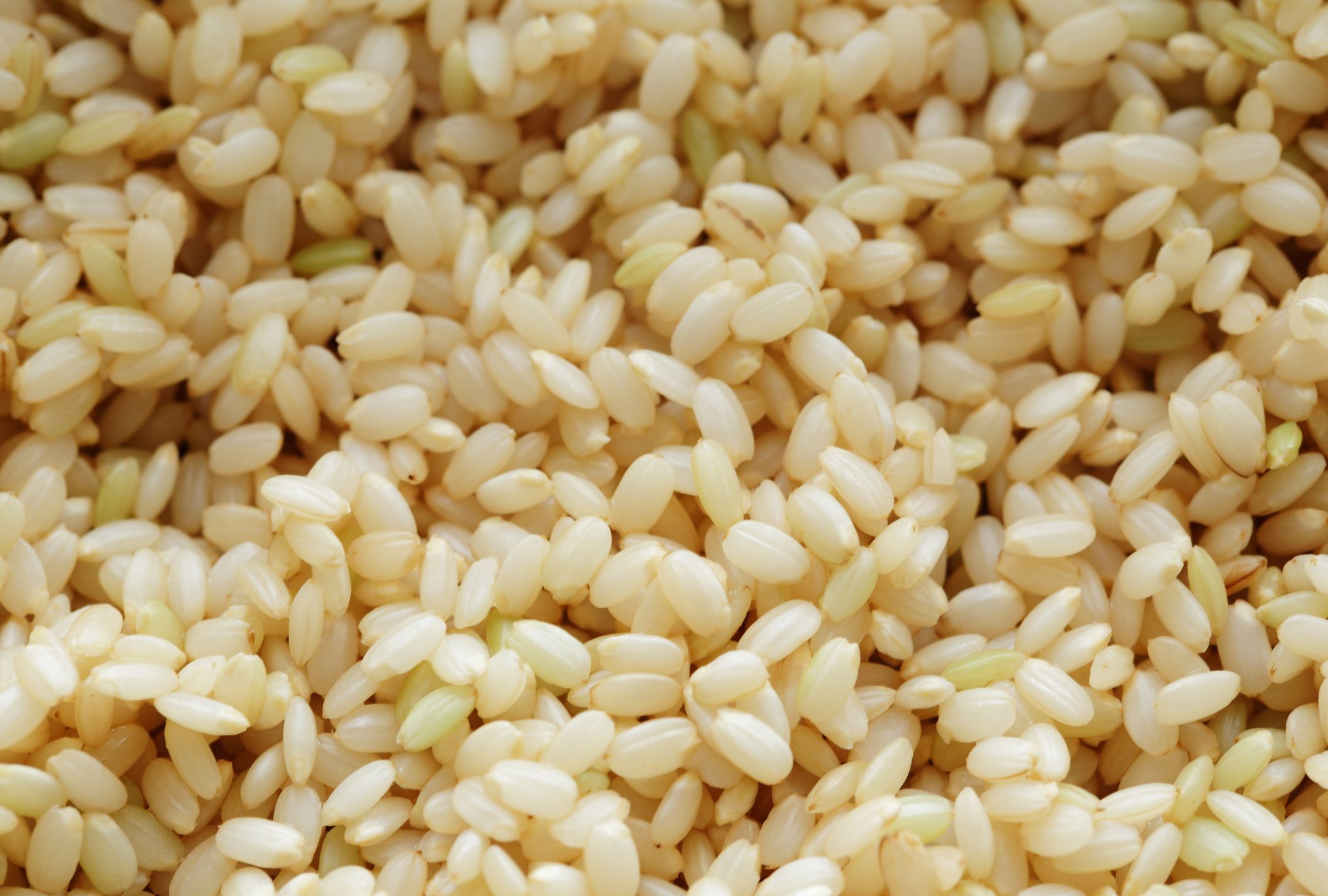 kumacoreGetty Images
kumacoreGetty Images
To put the differences in perspective, here’s the nutritional information for one cup of cooked brown rice, per the USDA Nutrient Database:
- Calories: 238
- Fat: 1.87 g
- Carbohydrates: 49.6 g
- Fiber: 3.12 g
- Sugar: 0.47 g
- Protein: 5.32 g
- Sodium: 202 mg
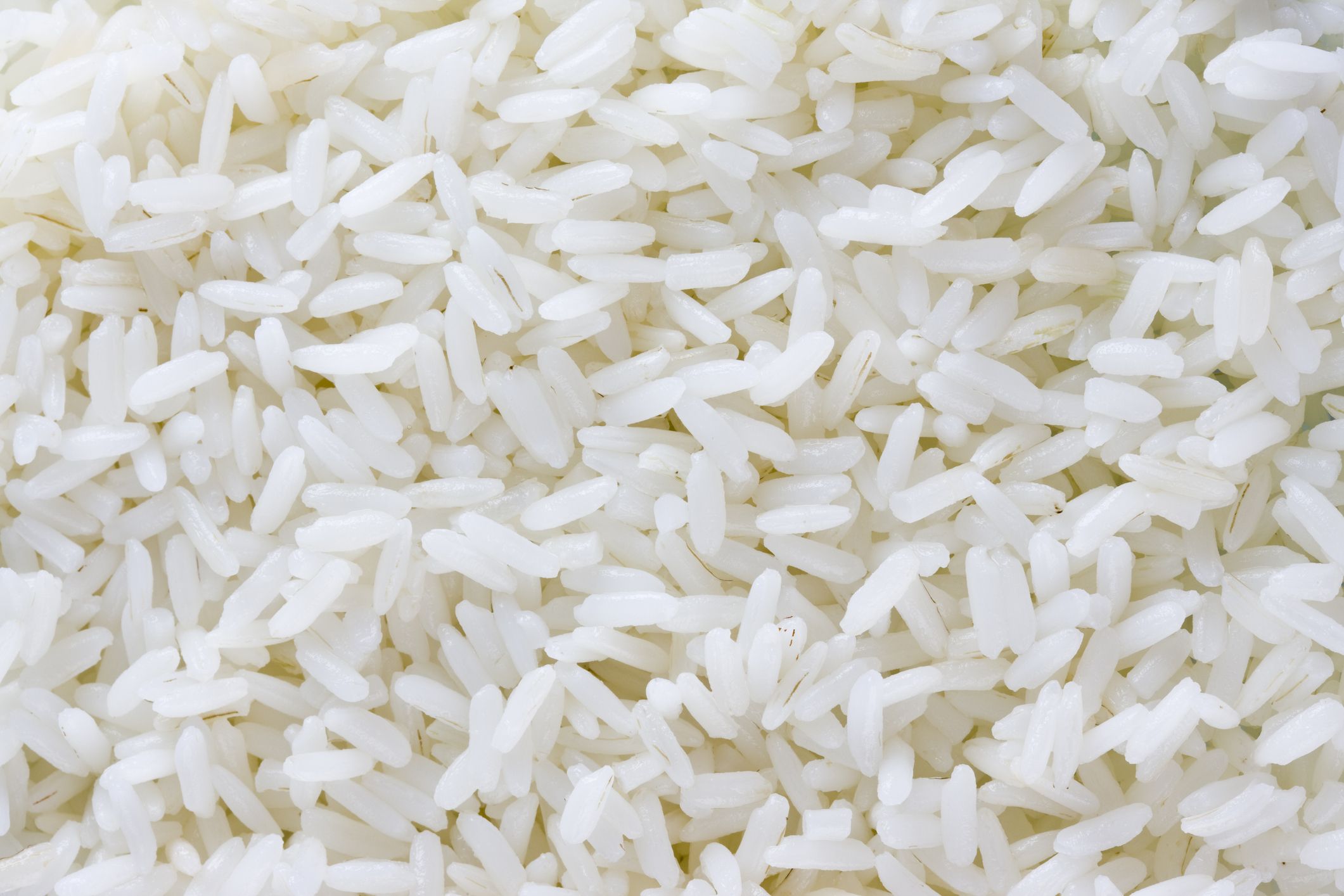 ALEAIMAGEGetty Images
ALEAIMAGEGetty Images
And the nutritional information for a cup of cooked white rice, per the USDA Nutrient Database:
- Calories: 204
- Fat: 0.44 g
- Carbohydrates: 44.2 g
- Fiber: 0.63 g
- Sugar: 0.08 g
- Protein: 4.22 g
- Sodium: 387 mg
Though a serving of brown rice is higher in calories, it provides more balanced nutrition—and is generally a better pick—than a serving of the white stuff.
Got it. So what are the healthiest types of rice?
Okay, so you know that brown rice is technically healthier than white—but brown and white rice aren’t the only players in the game. In fact, other varieties of rice may be even better for you than brown rice.
According to Moore, red rice and black rice actually compete for the title of “healthiest rice.”
“Black rice has been shown to have the highest antioxidant activity of all the rice varieties,” Moore says. “It gets its deep purple-black color from anthocyanins, the same pigments that give blackberries their antioxidant power.”
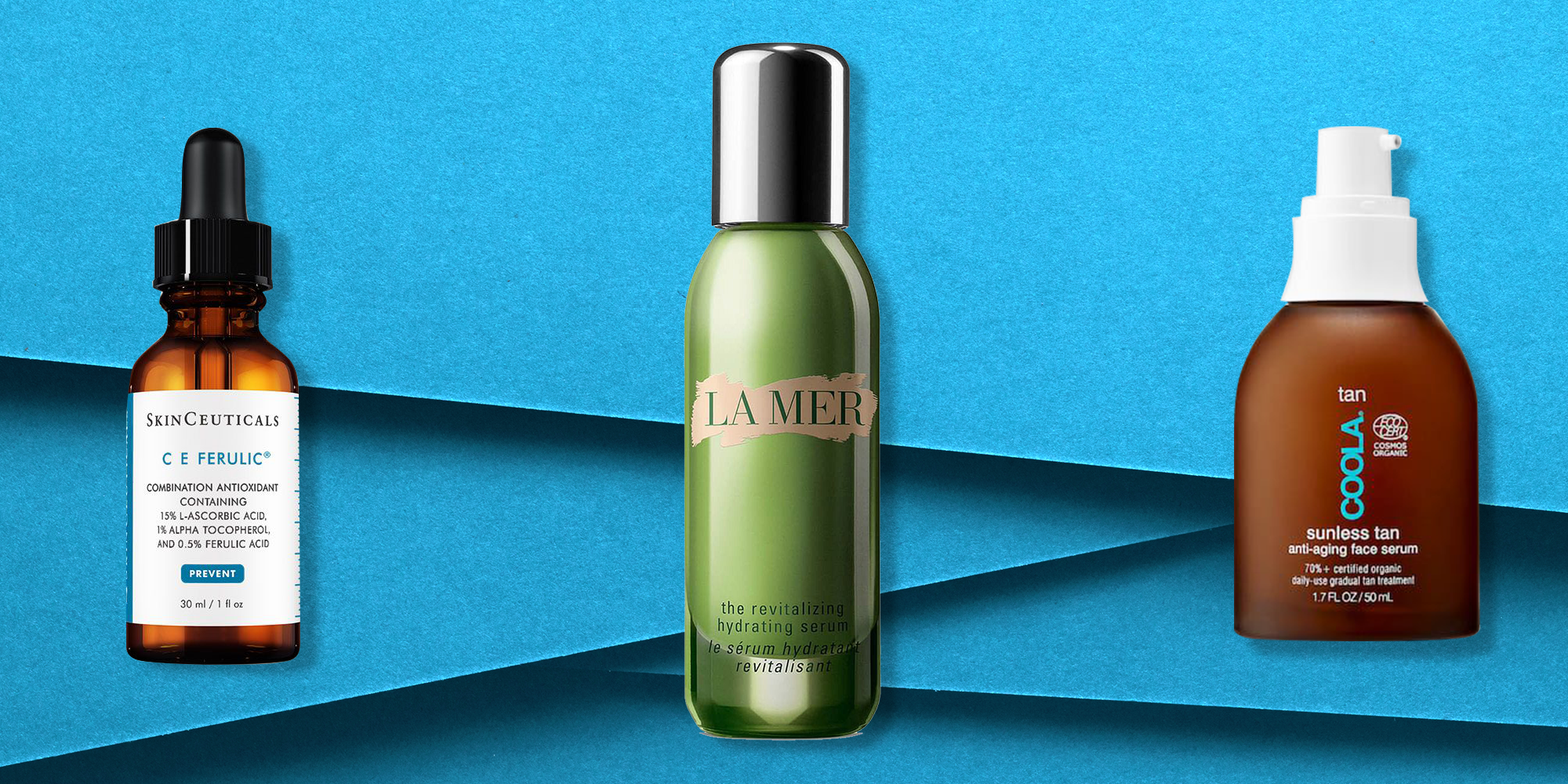
These antioxidants, in particular, have been shown to boost heart health and to protect and repair your body’s cells, she adds.
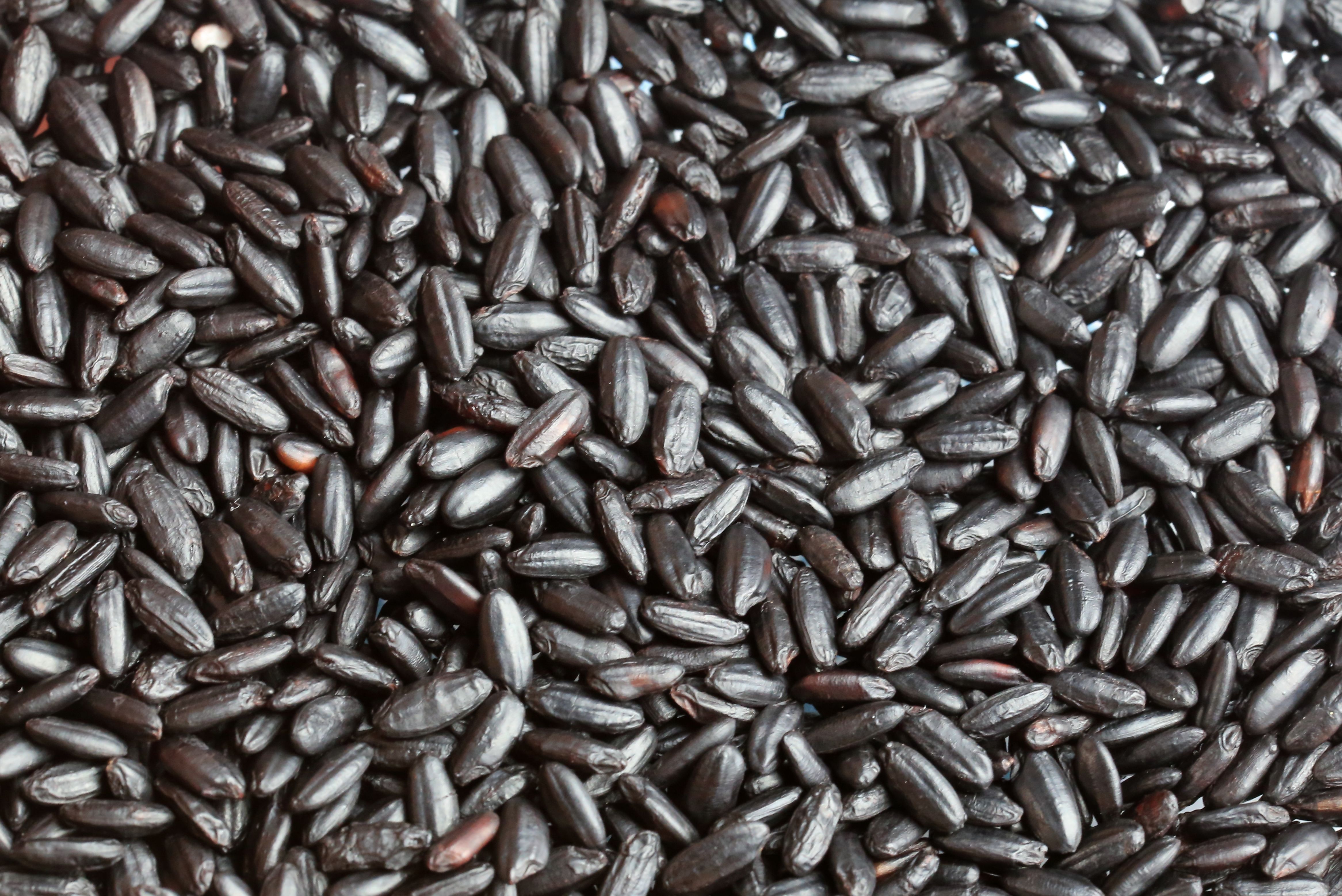 Douglas SachaGetty Images
Douglas SachaGetty Images
Here’s the nutrition information for a serving of black rice, per the USDA Nutrient Database:
- Calories: 160
- Fat: 1.5 g
- Carbohydrates: 34 g
- Fiber: 1 g
- Sugar: 0 g
- Protein: 4 g
- Sodium: 0 mg
Though perhaps not as impressive as black rice, red rice also boasts a solid antioxidant profile, Moore says. (It actually has more fiber than black rice, though.) When it comes to these body-protecting compounds, brown rice can’t really compete.
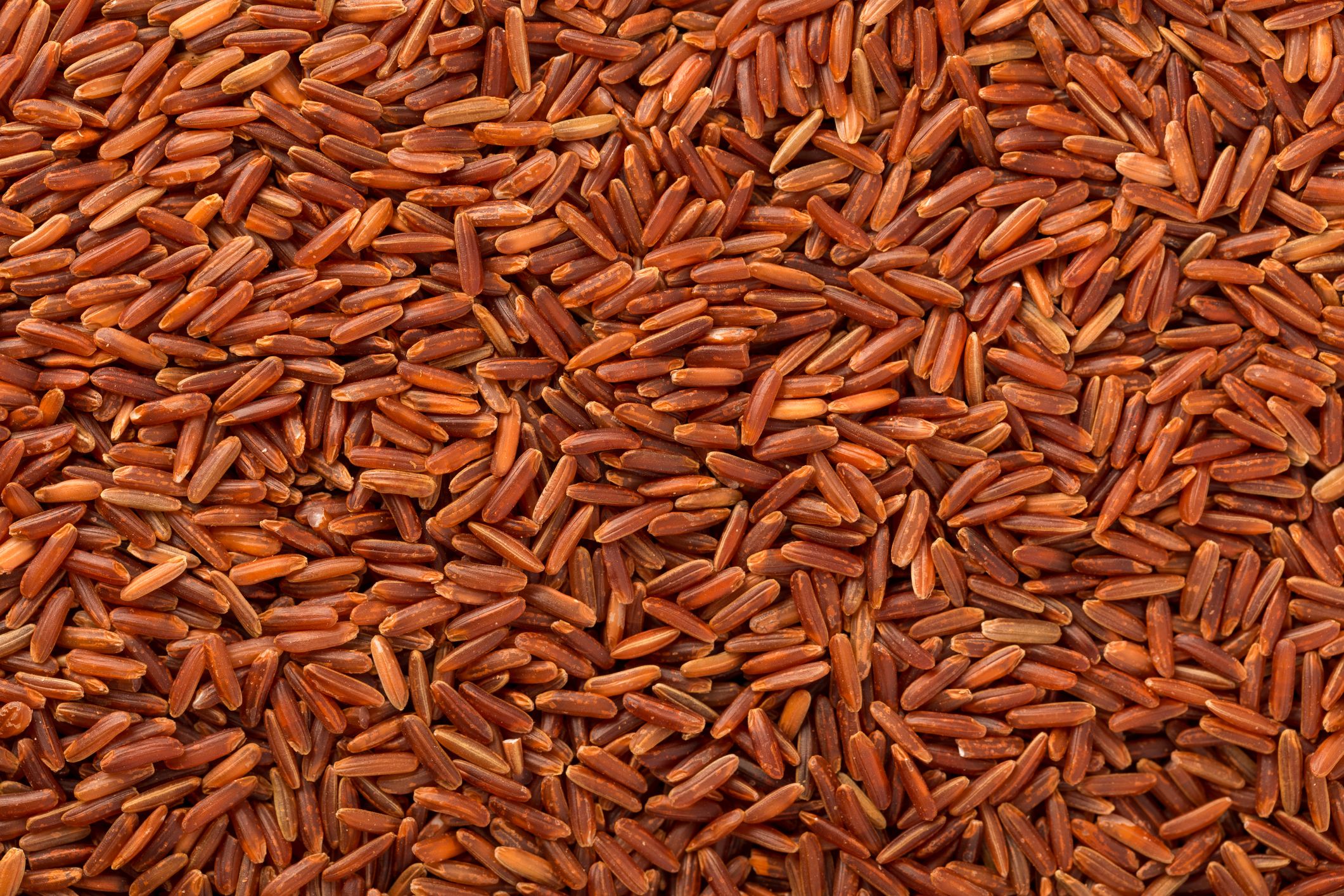 Victor CardonerGetty Images
Victor CardonerGetty Images
Check out the general nutrition stats for a serving of red rice, per the USDA Nutrient Database:
- Calories: 160
- Fat: 1.5 g
- Carbohydrates: 34 g
- Fiber: 5 g
- Sugar: 0 g
- Protein: 4 g
- Sodium: 30 mg
And then, of course, there’s wild rice. Another popular—and healthy—pick, wild rice is particularly unique because, well, it’s not actually rice.
“Wild rice looks and cooks like rice, but it’s technically the seed of an aquatic grass,” says Harris-Pincus. “It contains more protein, fiber, potassium, and zinc than brown or white rice.” It’s also lower in calories and carbs.
 mikroman6Getty Images
mikroman6Getty Images
Finally, here’s the nutrition information for a serving of wild rice, per the USDA Nutrient Database:
- Calories: 166
- Fat: 0.6 g
- Carbohydrates: 35 g
- Fiber: 2.9 g
- Sugar: 1.2 g
- Protein: 6.5 g
- Sodium: 4.9 mg
So does that mean pre-made or packaged rice is a no-go?
Though funkier rice varieties are your most nutritious picks, don’t completely discount the pre-made stuff—especially when you have zero time to cook from scratch.
“Packaged rice can be a healthy choice, especially compared to some other convenience foods,” says Moore. Just check the label for unnecessary ingredients or high amounts of sodium.”
To keep it clean, opt for the plain versions of frozen or microwavable rice products. Uncle Ben’s Chicken and Broccoli Ready Rice, for example, contains almost 500 milligrams (half your daily limit) of sodium.
“In small portions, the nutritional differences are small,” says Harris-Pincus. “But if you consume large portions (one cup or more) of rice several times per week, the differences add up.”
Want to add rice to your diet? Here’s the healthiest way to do it.
When choosing between types of rice, taste matters, says Moore.
“I grew up on rice and still love it,” says Moore. It’s an inexpensive blank canvas to build upon.”
Depending on the type of dish you’re making (like an Asian-inspired stir fry versus colorful macro bowl), you might want to choose the type of rice you use based on the flavors you’re after, Moore says. “Some recipes taste best and are most authentic using white rice, while others work well with the nutty flavor of brown rice.”
Whatever type of rice you choose, just keep portion sizes in mind. “If you love white rice, a small portion [think one-third to one-half of a cup] certainly will not hurt you,” she says.
Plus, “the good news is that when you cook and then cool white rice, it forms ‘resistant starch,'” says Harris-Pincus. This type of starch is resistant to digestion, so eating cooled rice will have less of an effect on your blood sugar. WIN.
The bottom line: Though brown, red, wild, and black rices are more nutritious than white rice, you can incorporate all types of rice into your diet as long as you stay mindful of portions.
Source: Read Full Article


